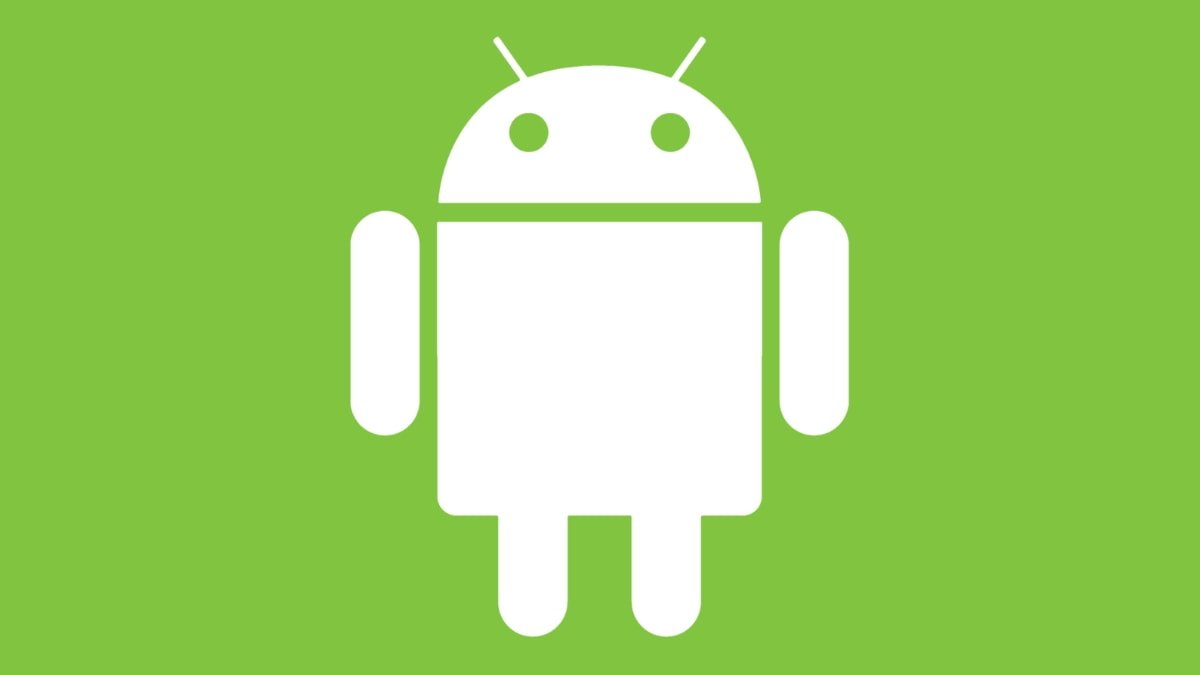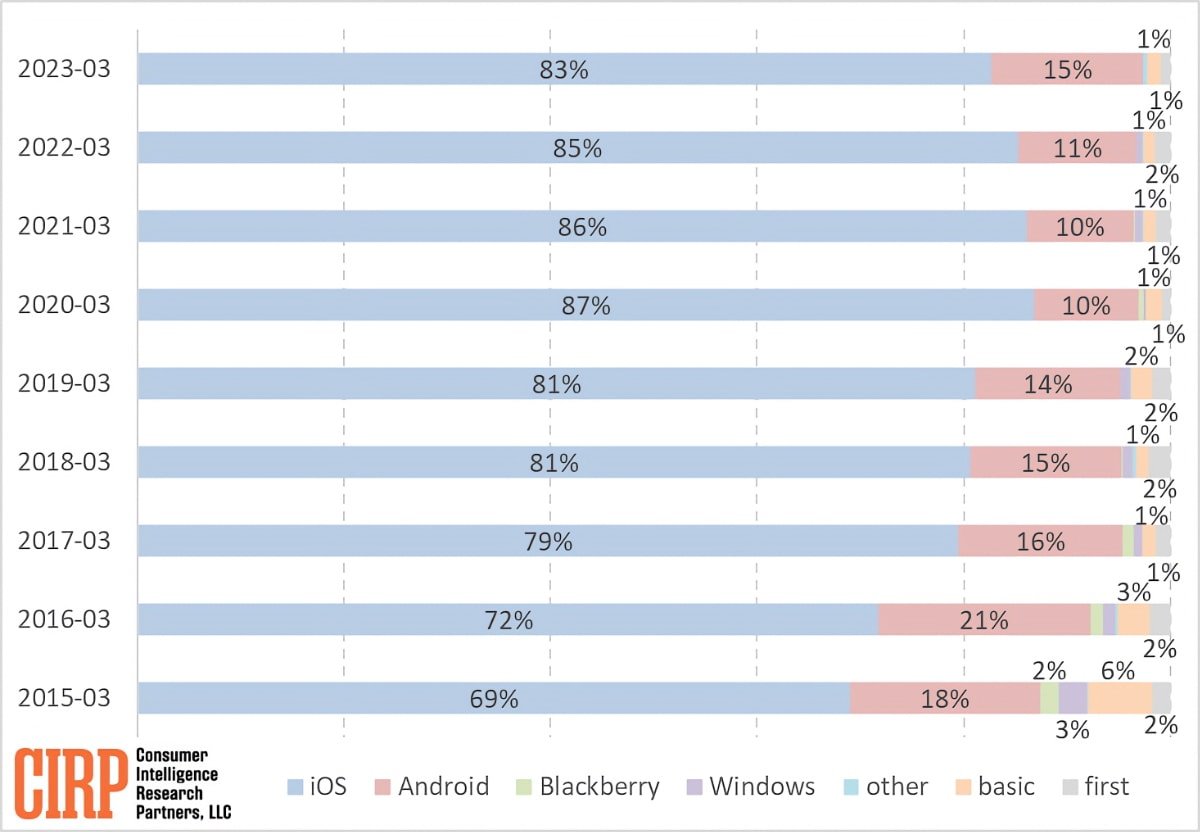The migration of Android users to the iPhone remains a component of Apple's ecosystem, and once they make the switch, they often remain loyal to the brand.
On May 9, a report from Counterpoint Research found that Android users moving to iOS helped boost Apple's smartphone market share in the US, even as the overall market contracted. Additionally, on Wednesday, a report from Consumer Intelligence Research Partners (CIRP) supports the data.
Transitioning between mobile operating systems is often seen as a challenge for smartphone owners, leading to a strong loyalty towards their current operating system. However, over the past couple of years, there has been a noticeable rise in the proportion of iPhone buyers who were previously using Android devices.
CIRP analyzed the iPhone purchase data spanning the last nine years, taking into account the smartphones that iPhone buyers possessed just before purchasing their new iPhone. They found that from March 2022 to March 2023, 15% of individuals who purchased an iPhone indicated that they had switched from an Android phone, while 83% stated that they remained loyal to the iPhone.
However, the frequency of Android switching has declined over the past nine years. During the 12 months leading up to March 2016, the rate of iPhone buyers switching from an Android smartphone was at its peak, with 21%. That rate steadily decreased to 10% by the year ending in March 2020.
Since then, there has been a gradual increase, reaching the current rate of 15%. The rate of iPhone users who consistently purchase new iPhones has also steadily risen over the same period.
In the year ending in March 2015, 69% of iPhone buyers reported transitioning from one iPhone to another. That has since increased, mainly due to a smaller proportion of iPhone buyers being first-time smartphone users or mobile phone users.
A significant portion of the growth in iPhone ownership among iPhone buyers occurred by displacing other smartphone categories such as Blackberry, Windows, smaller operating systems, and more basic phones like flip phones. In the 12 months ending in March 2015, those users represented 13% of iPhone buyers.
However, after nine years of dominance between iOS and Android, these alternative options have largely vanished from the market.
 Andrew Orr
Andrew Orr









 Marko Zivkovic
Marko Zivkovic
 Christine McKee
Christine McKee

 Andrew O'Hara
Andrew O'Hara
 William Gallagher
William Gallagher

 Mike Wuerthele
Mike Wuerthele
 Bon Adamson
Bon Adamson


-m.jpg)



There are no Comments Here, Yet
Be "First!" to Reply on Our Forums ->